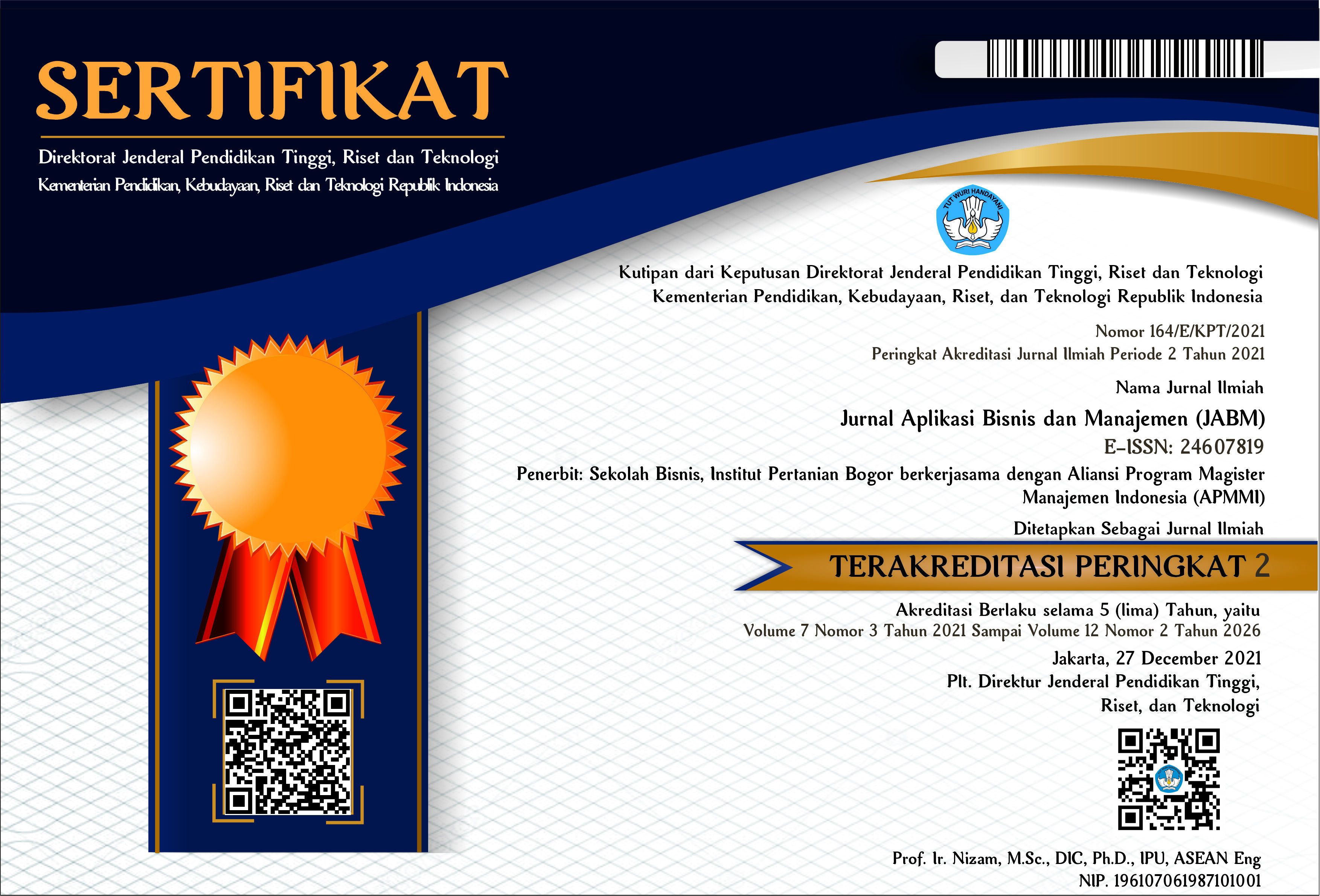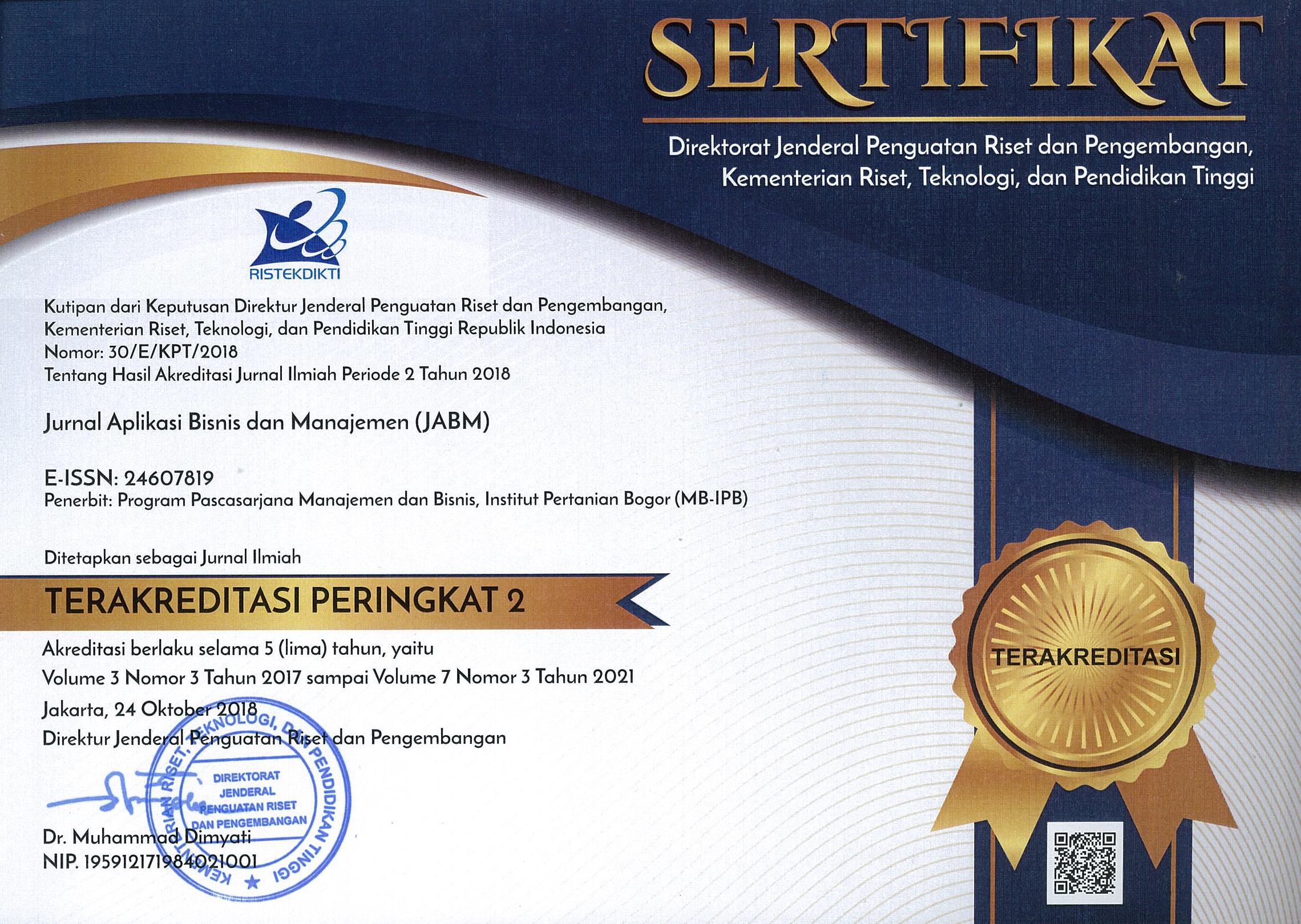STRATEGI PENINGKATAN DAYA SAING INDUSTRI PERKAPALAN ( SHIPBUILDING INDUSTRY)
Abstract
The shipping industry is one of the industries that can advance global economic integration. Currently, the commercial shipbuilding sector is dominated by China, Japan, Korea, and European countries. The domestic shipping supporting industry has not met all the needs of domestic ships, both warships and commercial ships, and ships used for domestic shipping are almost entirely purchases of used vessels from abroad because they are cheap. In contrast, the contribution of the domestic industry only accounts for less than 10%. This research aimed to formulate a development strategy for the shipping industry by increasing competitiveness to support maritime policies and fulfill the needs of the TNI's Alutsista. This study used the Analytical Network Process (ANP) method. The results showed that the priority strategies that could be implemented comprise seven clusters: Supporting industries (share technology development), core industries (technological capabilities), engineering specifications and designs (idea), feasibility studies (technological readiness), research and development (technological innovation), factor conditions (human resources), and government (long-term program). There are different priority strategies in each cluster.
Keywords: analytical network process (anp), competitiveness, shipbuilding industry








